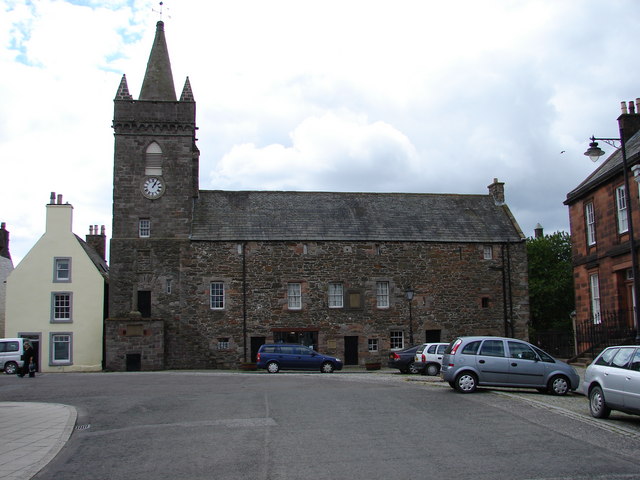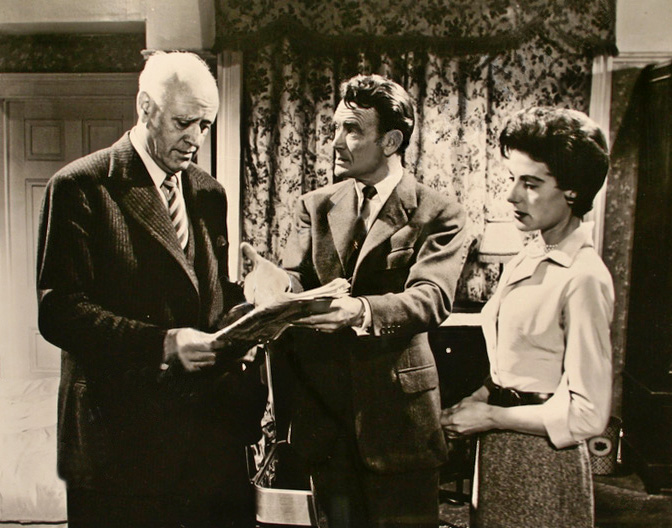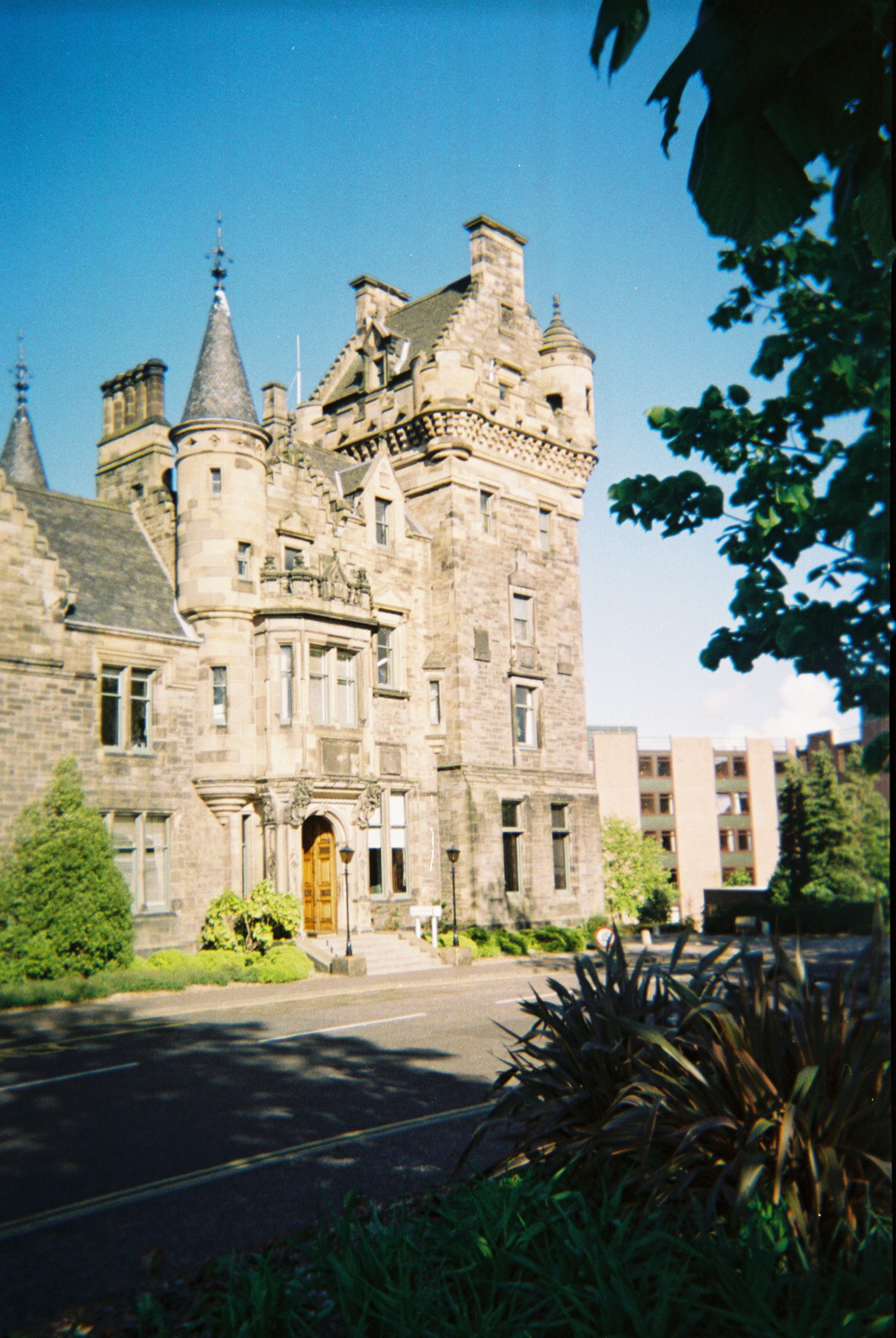|
St Trinian's
''St Trinian's'' is a British gag cartoon comic strip series, created and drawn by Ronald Searle from 1946 until 1952. The cartoons all centre on a boarding school for girls, where the teachers are sadists and the girls are juvenile delinquents. The series was Searle's most famous work and inspired a popular series of comedy films. Concept Searle published his first St Trinian's School cartoon in 1941 in the magazine '' Lilliput''. Shortly afterward he entered the military during World War II. He was captured at Singapore and spent the rest of the war as a prisoner of the Japanese. After the war, in 1946 Searle started making new cartoons about the girls, but the content was much darker compared to the earlier years. The school is the antithesis of the type of posh girls' boarding school depicted by Enid Blyton or Angela Brazil; its female pupils are bad and often well armed, and mayhem is rife. The schoolmistresses are also disreputable. Cartoons often showed dead bodies of g ... [...More Info...] [...Related Items...] OR: [Wikipedia] [Google] [Baidu] |
Kirkcudbright
Kirkcudbright ( ; sco, Kirkcoubrie; gd, Cille Chùithbeirt) is a town, parish and a Royal Burgh from 1455 in Kirkcudbrightshire, of which it is traditionally the county town, within Dumfries and Galloway, Scotland. The town lies southwest of Castle Douglas and Dalbeattie at the mouth of the River Dee, around from the Irish Sea. History An early rendition of the name of the town was Kilcudbrit; this derives from the Gaelic ''Cille Chuithbeirt'' meaning "chapel of Cuthbert", the saint whose mortal remains were kept at the town between their exhumation at Lindisfarne and reinterment at Chester-le-Street. John Spottiswoode, in his account of religious houses in Scotland, mentions that the Franciscans, or Grey Friars, had been established at Kirkcudbright from the 12th century. John Balliol was in possession of the ancient castle at Castledykes in the late 13th century and Edward I of England is said to have stayed here in 1300 during his war against Scotland. In 1455 Kirkcudb ... [...More Info...] [...Related Items...] OR: [Wikipedia] [Google] [Baidu] |
Drag (clothing)
The term "drag" refers to the performance of exaggerated masculinity, femininity, or other forms of gender expression, usually for entertainment purposes. A drag queen is someone (usually male) who performs femininity and a drag king is someone (usually female) who performs masculinity. Performances often involve comedy, social satire, and at times political commentary. The term may be used as a noun as in the expression ''in drag'' or as an adjective as in '' drag show''. __TOC__ Etymology The use of "drag" in this sense appeared in print as early as 1870Oxford English Dictionary 2012 (Online version of 1989 2nd. Edition) Accessed 11 April 2012 but its origin is uncertain. One suggested etymological root is 19th-century theatre slang, from the sensation of long skirts trailing on the floor. It may have been based on the term "grand rag" which was historically used for a masquerade ball. In folk custom Men dressed as women have been featured in certain traditional customs f ... [...More Info...] [...Related Items...] OR: [Wikipedia] [Google] [Baidu] |
Alastair Sim
Alastair George Bell Sim, CBE (9 October 1900 – 19 August 1976) was a Scottish character actor who began his theatrical career at the age of thirty and quickly became established as a popular West End performer, remaining so until his death in 1976. Starting in 1935, he also appeared in more than fifty British films, including an iconic adaptation of Charles Dickens’ novella '' A Christmas Carol'', released in 1951 as ''Scrooge'' in Great Britain and as ''A Christmas Carol'' in the United States. Though an accomplished dramatic actor, he is often remembered for his comically sinister performances. After a series of false starts, including a spell as a jobbing labourer and another as a clerk in a local government office, Sim's love of and talent for poetry reading won him several prizes and led to his appointment as a lecturer in elocution at the University of Edinburgh in 1925. He also ran his own private elocution and drama school, from which, with the help of the ... [...More Info...] [...Related Items...] OR: [Wikipedia] [Google] [Baidu] |
Long Road Sixth Form College
Long Road Sixth Form College (LRSFC) is a public sector co-educational sixth form college in Cambridge, England. It is situated on Long Road, from which it draws its name, and is located next to the Cambridge Bio-Medical Campus which encompasses Addenbrooke's Hospital. The College provides full-time A level courses in addition to Level 3 Diploma courses, Level 2 Diploma courses and GCSE consolidation courses. History Established in 1974, the College occupies a site. Prior to this it was the Cambridgeshire High School for Girls, a girls' grammar school. A significant proportion of the College's current buildings date from this period, although there has been extensive renovation and the construction of three entirely new buildings, as well as a new sports centre that opened in 2005 (the College's first new sports building since 1939). Other renovation projects included the expansion of the Learning Resource Centre (in 2010), performing arts studios (in June 2012) and the student ... [...More Info...] [...Related Items...] OR: [Wikipedia] [Google] [Baidu] |
St Mary's School, Cambridge
St Mary's School, Cambridge, England, is an independent Christian school run in the Catholic tradition, offering day and boarding provision for girls aged three to eighteen. The school occupies two sites within walking distance of Cambridge city centre, close to the University Botanic Gardens, with sports fields a short distance away. There are approximately 160 junior school pupils, 400 senior school pupils and 100 sixth-form students. History St Mary's School, Cambridge, was founded 1898 by the Sisters of Mary Ward and the Institute of the Blessed Virgin Mary, who had also founded a school of the same name in Ascot, Berkshire 13 years earlier. The sisters started out with two day girls and two day boarders. In 1904 the swelling numbers necessitated a change of venue and 'The Elms' on Bateman Street was purchased for £6,000. The house had a tradition that was very much in keeping with Mary Ward's vision. It had previously belonged to Benjamin Hall Kennedy, former Regius Profe ... [...More Info...] [...Related Items...] OR: [Wikipedia] [Google] [Baidu] |
Perse School For Girls
The Stephen Perse Foundation is a family of independent schools in Cambridge and Saffron Walden for students aged 1 to 18. The Foundation is made up of 3 nurseries (2 in Cambridge and 1 in Saffron Walden, Essex) for ages 1–5, 2 Junior Schools (Junior School Rosedale House in Cambridge and Junior School Dame Bradbury's in Saffron Walden, Essex) for ages 5–11, a Senior School for ages 11–16 (boys joined Year 7 for the first time in September 2017); and the Stephen Perse Sixth Form, for students aged 16–18. The school has a strong reputation for academic excellence and a progressive attitude towards learning and social skills, being named the top Independent school in East Anglia by ''The Sunday Times'' on their 'Parent Power' list in 2016. In 2018, Cambridge Centre for Sixth Form Studies joined the Stephen Perse Sixth Form. The Foundation is a registered charity under English law. History In 1615, Dr Perse's will included a bequest of land for the establishment of what ... [...More Info...] [...Related Items...] OR: [Wikipedia] [Google] [Baidu] |
Cambridge
Cambridge ( ) is a university city and the county town in Cambridgeshire, England. It is located on the River Cam approximately north of London. As of the 2021 United Kingdom census, the population of Cambridge was 145,700. Cambridge became an important trading centre during the Roman and Viking ages, and there is archaeological evidence of settlement in the area as early as the Bronze Age. The first town charters were granted in the 12th century, although modern city status was not officially conferred until 1951. The city is most famous as the home of the University of Cambridge, which was founded in 1209 and consistently ranks among the best universities in the world. The buildings of the university include King's College Chapel, Cavendish Laboratory, and the Cambridge University Library, one of the largest legal deposit libraries in the world. The city's skyline is dominated by several college buildings, along with the spire of the Our Lady and the English Martyrs ... [...More Info...] [...Related Items...] OR: [Wikipedia] [Google] [Baidu] |
Independent School (UK)
In the United Kingdom, independent schools () are fee-charging schools, some endowed and governed by a board of governors and some in private ownership. They are independent of many of the regulations and conditions that apply to state-funded schools. For example, pupils do not have to follow the National Curriculum, although, some schools do. They are commonly described as 'private schools' although historically the term referred to a school in private ownership, in contrast to an endowed school subject to a trust or of charitable status. Many of the older independent schools catering for the 12–18 age range in England and Wales are known as public schools, seven of which were the subject of the Public Schools Act 1868. The term "public school" derived from the fact that they were then open to pupils regardless of where they lived or their religion (while in the United States and most other English-speaking countries "public school" refers to a publicly-funded state school). ... [...More Info...] [...Related Items...] OR: [Wikipedia] [Google] [Baidu] |
University Of Edinburgh
The University of Edinburgh ( sco, University o Edinburgh, gd, Oilthigh Dhùn Èideann; abbreviated as ''Edin.'' in post-nominals) is a public research university based in Edinburgh, Scotland. Granted a royal charter by King James VI in 1582 and officially opened in 1583, it is one of Scotland's four ancient universities and the sixth-oldest university in continuous operation in the English-speaking world. The university played an important role in Edinburgh becoming a chief intellectual centre during the Scottish Enlightenment and contributed to the city being nicknamed the " Athens of the North." Edinburgh is ranked among the top universities in the United Kingdom and the world. Edinburgh is a member of several associations of research-intensive universities, including the Coimbra Group, League of European Research Universities, Russell Group, Una Europa, and Universitas 21. In the fiscal year ending 31 July 2021, it had a total income of £1.176 billion, of ... [...More Info...] [...Related Items...] OR: [Wikipedia] [Google] [Baidu] |
Davies, Russell
Robert Russell Davies (born 5 April 1946) is a British journalist and broadcaster. Davies was born in Barmouth, North Wales. He attended Manchester Grammar School, according to his own statement on a November 2010 ''Brain of Britain'' programme. Also according to the programme, his grandfather was a mole-catcher. During his time at MGS (1957–64) he acted in dramatic society productions and was appointed school vice-captain. He gained a scholarship to St John's College, Cambridge, and was awarded a first class degree in Modern and Mediaeval Languages in 1967, but soon abandoned his post-graduate studies in German literature when the opportunity arose to tour with the Cambridge Footlights revue. During his time in Cambridge, he contributed topical cartoons to the news pages of '' Varsity'', the undergraduate newspaper, under the pseudonym Dai. As a journalist, Davies worked as a film and television critic for ''The Observer'' and ''The Sunday Times'', features writer and sport ... [...More Info...] [...Related Items...] OR: [Wikipedia] [Google] [Baidu] |
St Trinnean's
St Trinnean's was a progressive girls' school in Edinburgh. It was founded in 1922 by its headmistress, Catherine Fraser Lee, who followed the Dalton Plan so that pupils could study what they wished and there was no homework. It was located at 10, Palmerston Road – the former home of Horatius Bonar – a minister and prodigious hymn writer. In 1925, it relocated to the grand mansion of St Leonard's Hall which had been built for the wealthy publisher, Thomas Nelson. In 1929, it had 122 day children and 38 boarders – pupils who lived at the school. When the Second World War broke out in 1939, the school evacuated to New Gala House – a mansion in Galashiels. Its pupils at that time included Jewish refugees of the ''Kindertransport''. After the war, the school closed when Miss Fraser Lee retired in 1946. The school uniform was a pale blue tunic with fawn-coloured stockings and coat of Harris Tweed. The school was named after Saint Ninian, who was also known as ... [...More Info...] [...Related Items...] OR: [Wikipedia] [Google] [Baidu] |






